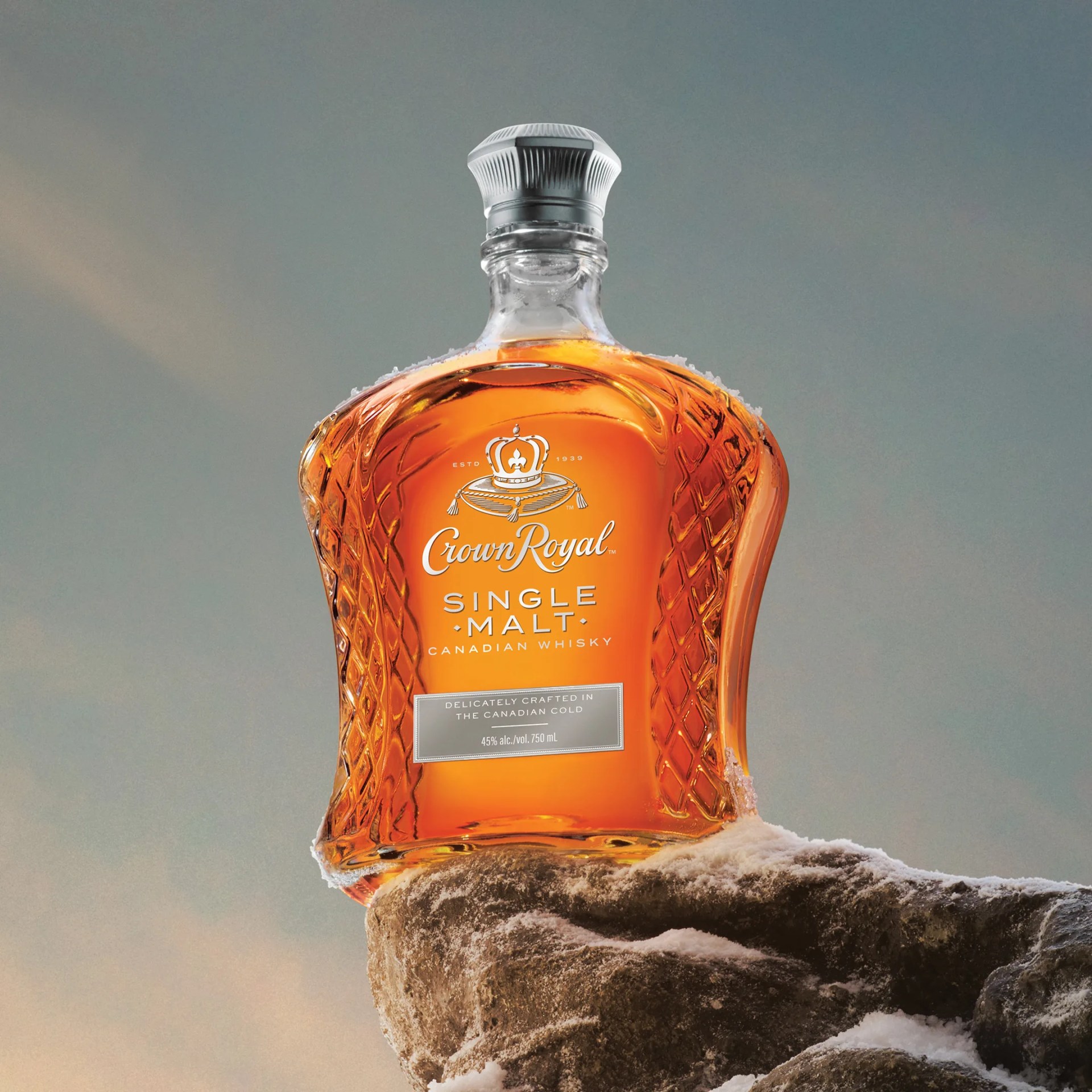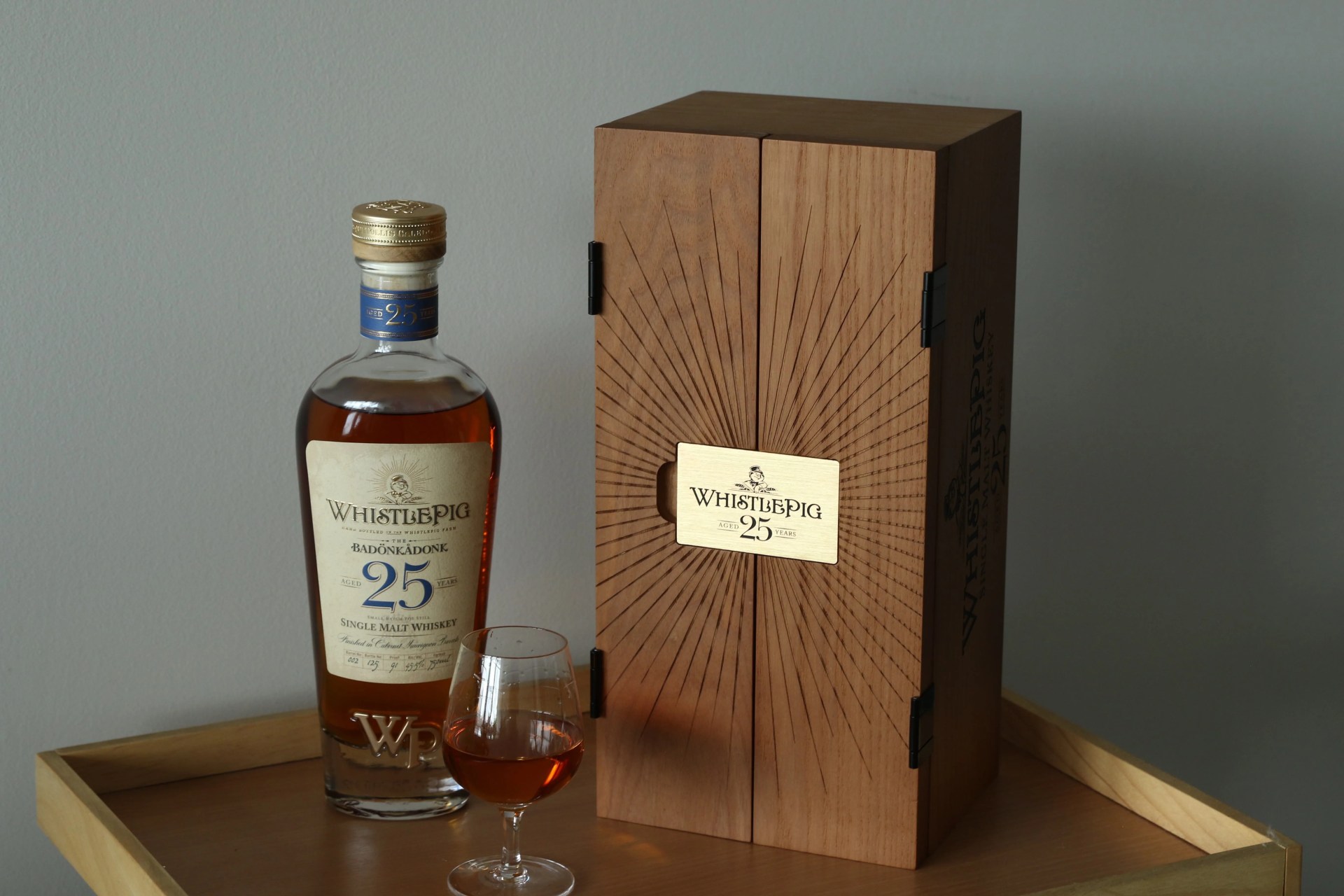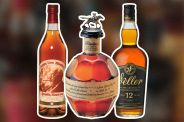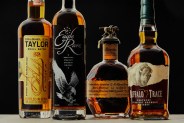It really wasn’t all that long ago when we all largely understood the term “single malt” as referring to one type of whisky: Scotch. But over the past several years, the product category has massively expanded.
First, we saw the rise of Japanese whisky around the turn of the new millennium, with that nation’s own Scotch-influenced single-malt expressions drawing accolades and adoration in the West.
Then, just over the past couple of years, we’ve witnessed an explosion in the American single malt category to the point where it’s on the cusp of becoming the United States’ first new officially classified spirit in decades.
The latest nation to join the single malt fray in a big way has been Canada. On the back of WhistlePig’s recent 25-year Canadian single malt, iconic Canuck whisky brand Crown Royal has now launched the first single malt in the label’s 85-year history.
Yep, Crown Royal makes single-malt whisky now
 Crown Royal
Crown RoyalCrown Royal Single Malt Canadian Whisky
Specs
| ABV | 45% |
| Tasting Notes | Apple, caramel, cinnamon |
For its inaugural venture into single-malt territory, Crown Royal didn’t throw out the baby with the bathwater. The brand essentially makes this whisky the same way it always does, but just with a mash bill made up of 100 percent malted barley instead of the mysterious mix of grains that goes into your standard purple-bagged bottle of Crown Royal blended whisky.
It’s distilled at Quebec’s Valleyfield Distillery in copper stills — Crown Royal’s marketing team describes the whisky as being “cut from the cold” due to Canada’s cool climate. There’s no age statement, and Crown Royal hasn’t disclosed what barrels were used to age the whisky (Canadian whisky rules are far more lax than those that govern bourbon and Scotch), but the liquid is bottled at 45% ABV and retails for a refreshingly affordable $55.






